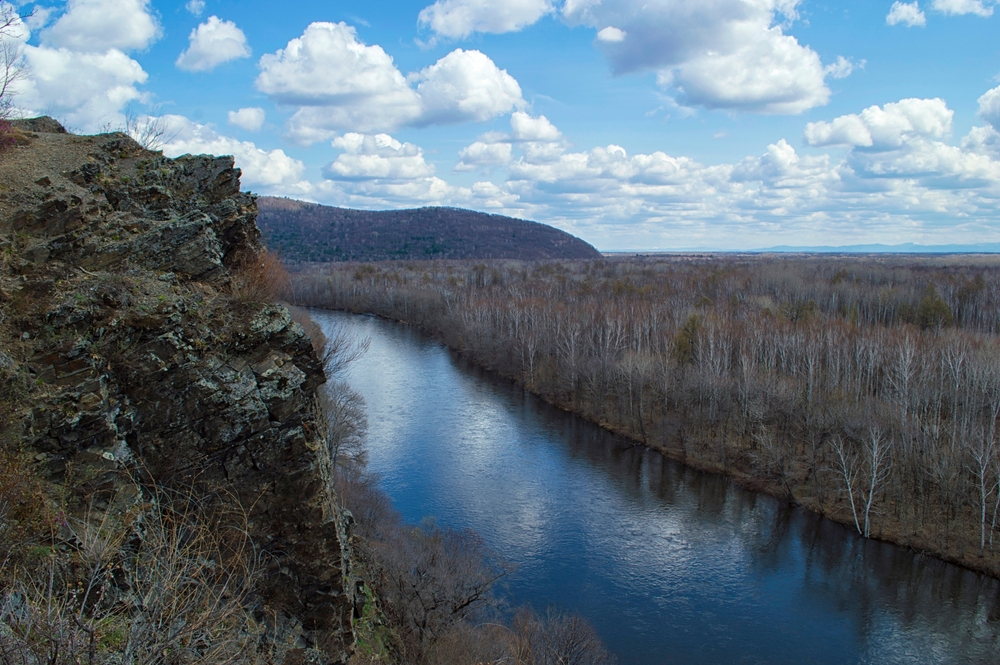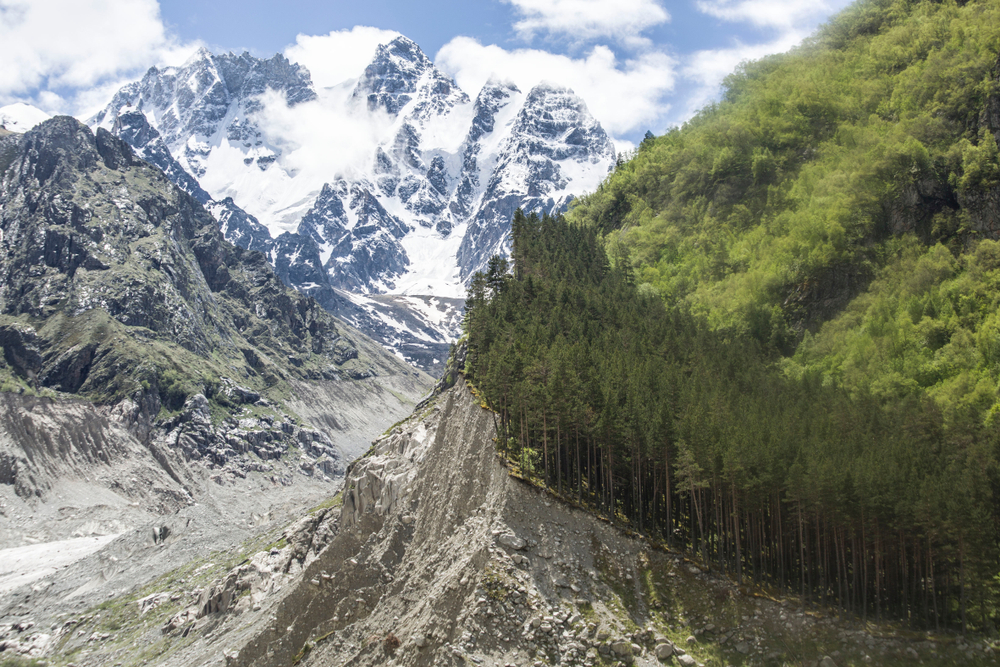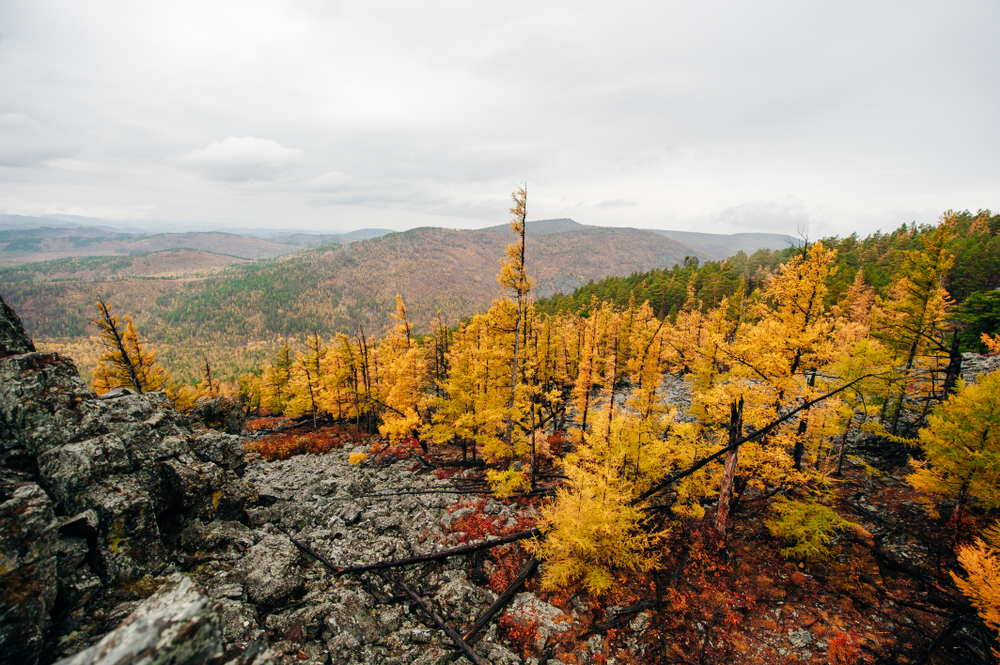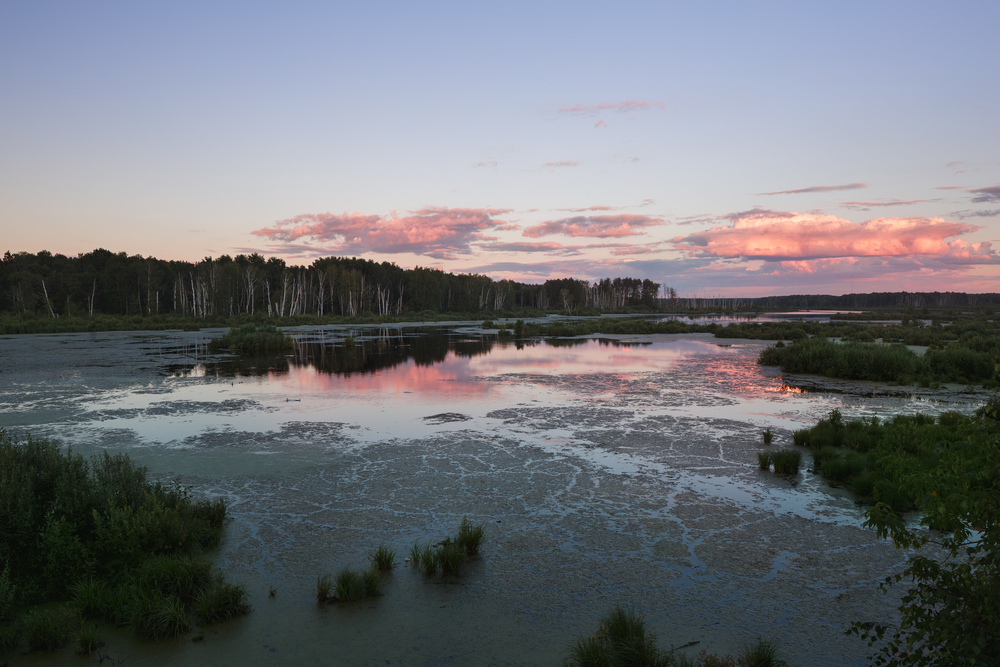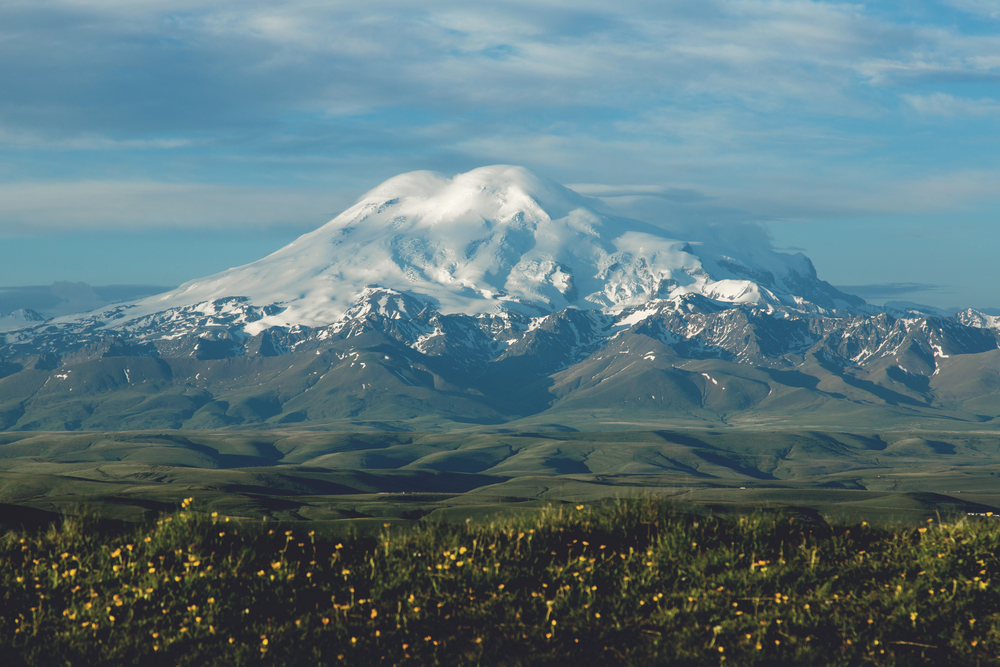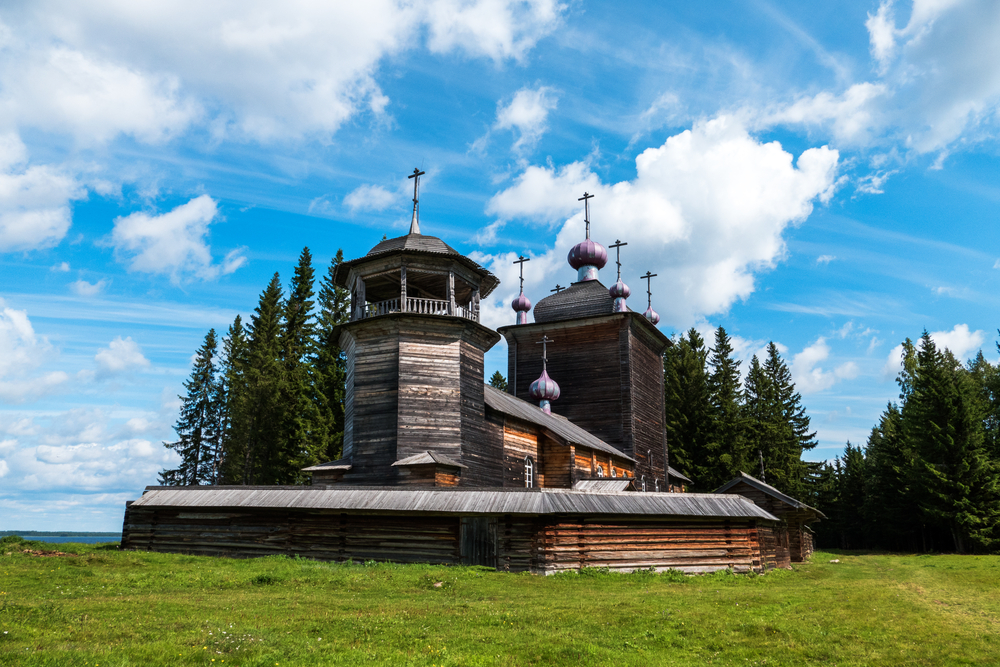Anyuysky Overview
Anyuysky National Park, located in the Russian Far East, spans approximately 1,673 square miles (4,333 square kilometers) within the Khabarovsk Krai region. This vast protected area is nestled along the Anyuy River and extends across the rugged Sikhote-Alin mountain range, an ecologically significant and remote wilderness.
The park’s diverse terrain includes deep river valleys, dense taiga forests, alpine meadows, and rocky peaks, creating a stunning mosaic of landscapes. One of its most striking features is the presence of ancient volcanic formations, steep cliffs, and the expansive floodplains of the Anyuy River, which winds through the park, shaping its rich biodiversity. The region experiences a harsh, continental climate with cold winters and short, mild summers, adding to the raw, untamed beauty of the landscape.
The park is home to an extraordinary variety of wildlife, many of which are rare or endangered. It provides vital habitat for the Amur tiger, one of the world’s most elusive and endangered big cats. Other notable mammals found in the park include the brown bear, lynx, sable, red fox, and wolverine, each adapted to the harsh conditions of the region.
The park’s river ecosystems support populations of otters and fish species, while moose and wild boars roam the forests. Bird enthusiasts can find an array of avian life, including the Blakiston’s fish owl, a rare and massive owl species known for its reliance on clean river habitats. Additionally, Steller’s sea eagles and golden eagles soar above the forests, making the park an important refuge for raptors.
One of the most appealing aspects of Anyuysky National Park is its untouched wilderness, offering visitors a rare opportunity to experience nature in its purest form. The Anyuy River serves as a focal point for exploration, attracting adventurers interested in rafting and fishing. The park’s rugged mountain trails and dense forests also provide ample opportunities for hiking and wildlife observation, though its remote nature means that guided expeditions are often recommended.
During winter, the landscape transforms into a snowy expanse ideal for trekking and tracking wildlife, offering a unique seasonal perspective of the park. For those interested in indigenous culture, the park is located within the traditional lands of the Nanai people, who have lived in harmony with the natural surroundings for centuries. Their knowledge of the land and traditional hunting and fishing practices provide additional depth to a visit.
Despite its natural splendor, Anyuysky National Park faces conservation challenges, including the ongoing threat of poaching, particularly of the critically endangered Amur tiger. Conservation efforts have been implemented to combat illegal hunting and logging, with rangers actively patrolling the vast landscape to protect its wildlife.
The park has also benefited from scientific research and partnerships with international conservation organizations, leading to increased awareness and protection of its fragile ecosystems. The efforts to preserve the park’s biodiversity while promoting sustainable tourism highlight the delicate balance between conservation and human activity in this remote yet vital wilderness.








































































